
Xenoblade Chronicles is on the horizon for North American Wii owners. If you’re an impatient American, such as myself, you’ve cursed Reggie’s name and moved to Europe, or probably just imported the title. Those in Europe had a fantastic experience eight months before a single American copy will hit GameStop shelves. But at the end of the day, they’re all just copies of the same game – a game that has ended eight year struggle for the team behind it, Monolith Soft. No, it didn’t take Monolith Soft eight years to develop Xenoblade. This is about the challenges that span across all Monolith Soft’s titles.
While Monolith Soft’s games have some appeal for their more traditional JRPG aspects, what really sets them apart are their battle systems. On the surface level, they may appear to be your standard JRPGs. But once you dig beyond surface, you’ll find a complex mess of features that can easily scare off your everyday JRPG fan. Their battle systems’ complex nature is the root of their problem that has been plaguing them since the days of the PS2. That problem is the struggle of balancing their more unique strategic aspects while still remaining accessible.
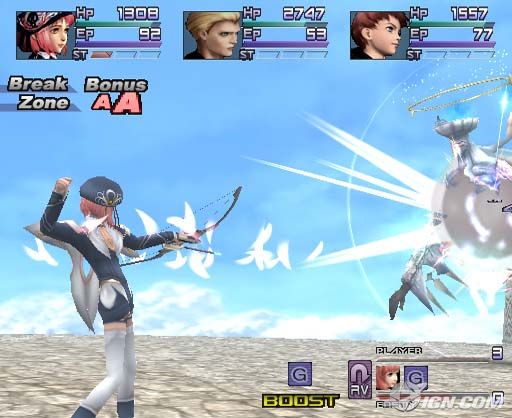
(Image Source: IGN)
While Xenosaga Episode 1 is surprisingly balanced, later titles in Monolith’s library are a roller coaster ride of rising and falling learning curves. Xenosaga Episode II and Baten Kaitos: Eternal Wings and the Lost Ocean both had such complex battle systems that only hardcore Monolith fans could appreciate them. In a seemingly knee jerk reaction to these two games, the team quickly simplified their later releases. Baten Kaitos Origins, while still retaining some strategic elements, lost most of the complexity from the original. Xenosaga Episode III might as well have been any other PS2 JRPG on the market.
Since Episode III, the developer has published a handful of smaller titles, but all of these fall above or below a happy medium. Xenoblade, however, is different.
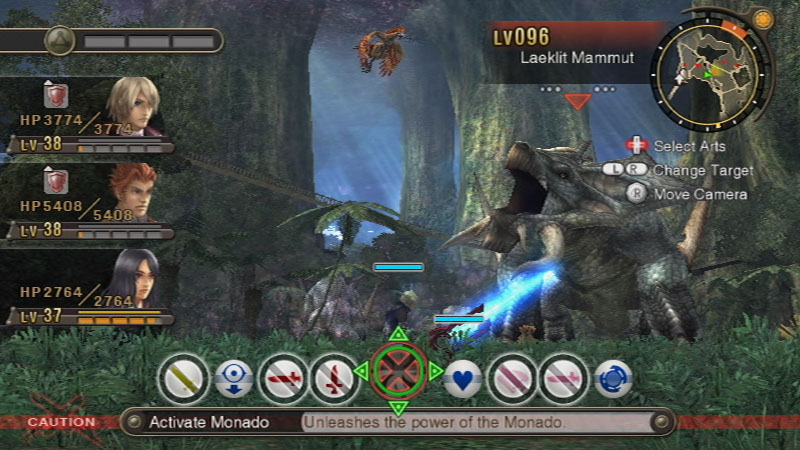
Unlike their past turn-based titles, Xenoblade is an action RPG that plays more like an MMO. While it’s not as complex as Baten Kaitos or Xenosaga Episode II, what’s important here is that Xenoblade meets the two major requirements of a Monolith JRPG: It’s strategic and it’s engaging. More importantly, unlike Baten Kaitos or Episode II, the title is accessible as well.
The player’s mind must stay always active, but they doesn’t always have to have every feature on their mind at once. For example, button prompts often appear on screen for smaller nuances, like raising party morale and warning allies, making the player feel as though they’re actively doing these tasks, even if they’re just pressing timed button prompts a couple of times per battle.
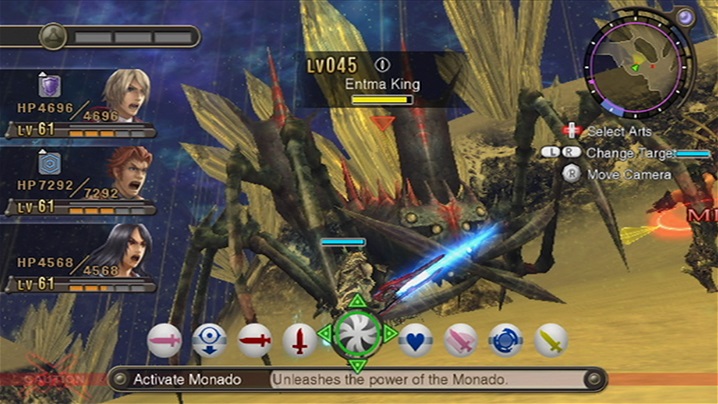
(Image Source: Nintendo)
Aspects involving actual combat give special damage counter sprites to show when players are using attacks in the correct manner to reinforce those actions’ proper uses in the player’s mind… Really, I could flail about for an entire article detailing Xenoblade’s battle system, but I think I’ve said enough to get my point across: Xenoblade lands on that balance between accessibility and complexity.
This is hardly news though as Xenoblade is nearly two years old in Japan now. So in actuality, Monolith has been over this issue for quite awhile now. Although with the North American Release on the horizon, I thought it was well worth bringing up. Being a horrendous Monolith Soft fanboy, I can hardly keep my trousers on waiting to see their unannounced 3DS and Wii U titles. I do have my doubts for their localization, but I hope that this equilibrium they’ve found will be here to stay for their titles to come.
In the long run it will help them attract more consumers, considering many of their titles have been less than stellar sellers as of late. Unless it’s Disaster: Day of Crisis 2, then it really doesn’t matter. But man, do I love me some Disaster. That’s an article for another day.


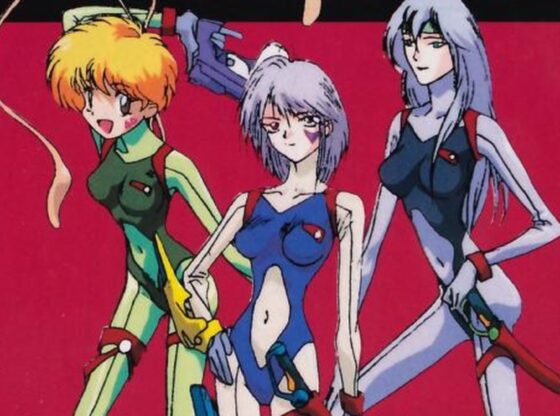

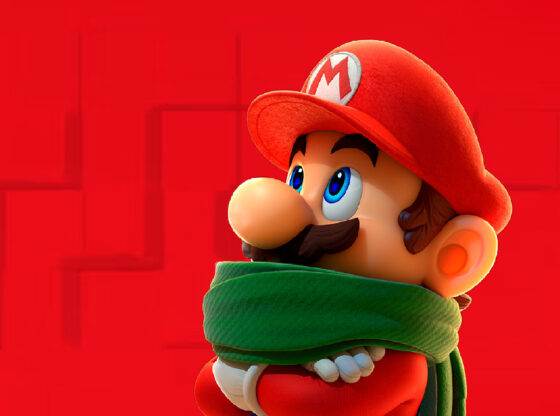


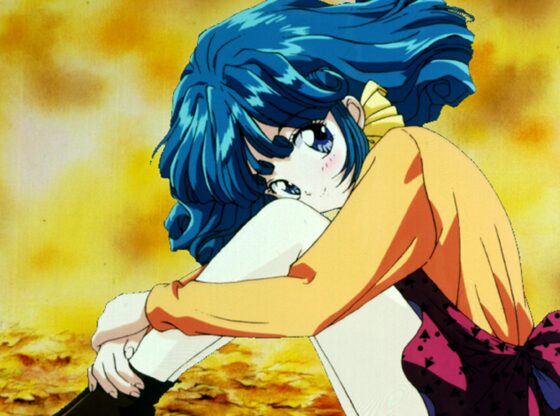



Xenoblade Chronicles was so bad that I had to play YU-NO afterwards because I wanted to play a good game, not a bad one.